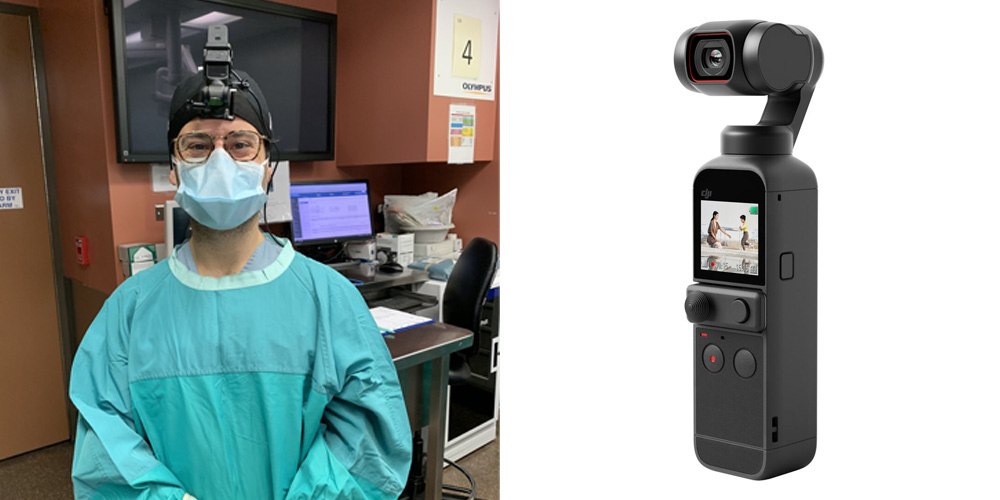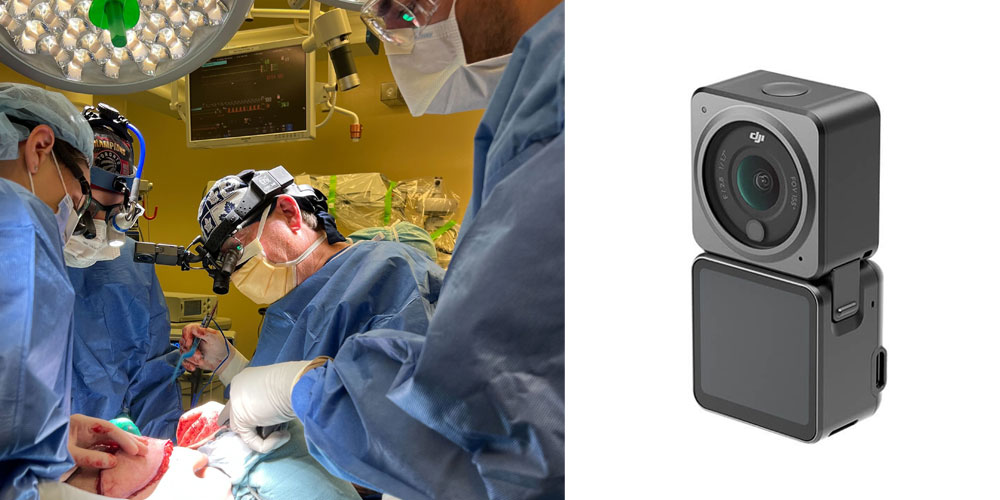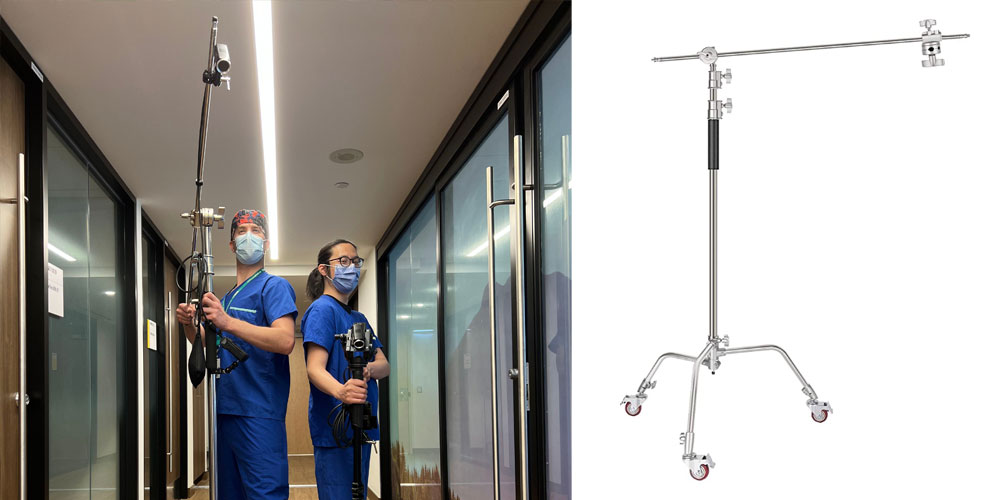We're always looking for the best way to capture surgery, and so our standard video gear has changed since we started filming in the operating room (OR) in 2011. For a more in-depth discussion about our filming process in the OR, check out what we've documend in this blog.
With the expansion of our atlas into different surgical categories, new filming options needed to be explored. Advancement in camera technology now allows us to capture in higher resolution, and much-anticipated improvements in stabilization means we can further explore head-mounted cameras.
When filming HPB surgery, the surgical field is the abdomen, which is often big and wide, so our previous filming set up was optimized for that. Unfortunately this setup doesn't always work well with other surgical specialities due to smaller surgical fields, locatio of surgical field, multiple operative locaions, gear mobility, length of surgery, etc.
So here are some new gear and accessories we've been exploring for filming our head and neck, obstetrics, and gynecology cases.
DJI OSMO POCKET 2
The DJI Osmo Pocket 2 camera is a small hand-held camera unit on the end of a handle that can be controlled remotely using a smartphone app. The entire unit can be fitted to a head strap that surgeons can wear to get a direct view of what they’re seeing during an operation. It has a built-in gimbal for stabilization.

DJI OSMO ACTION 2
DJI’s Osmo Action2 camera is an isolated camera unit in the shape of a small narrow cube. Like the Osmo Pocket, it’s also controlled remotely with a smartphone . This unit has internal battery storage and uses a microSD card to store footage. An additional battery pack can also be attached to extend capture time. Due to its size, it can be easily mounted to a surgeon's headlamp.

C-STAND
The C-stand or “Century stand” is mainly used to hold lights and light modifiers in film production. We use it as an overhead camera set up by attaching a light weighted camera to the end of the arm. The long arm can also be adjusted during filming to avoid the camera being blocked by heads of surgeons.

Have you been playing around with any cool gear for filming surgeries? Let us know! Stay tuned to see some of the results coming from our new setup!
-The TVASurg team

What head mount to you use for the DIJI camera?
Our surgeon had a MedLED Chrome surgical headlight mount with a custom bracket that attached the DJI camera with a SmallRig camera cage.
How / Where did you guys procure a custom bracket that mounted the SmallRig cage to the headlight frame?
Thanks in advance!
This is great setup.
Did you manage to connect the camera and stream the video to a local Computer (via Wifi)
Thanks for your comment! We sometimes will connect our camera and nearby laptop with wifi, but this doesn’t always work in OR settings. We also have to consider the space–feeding the video signal to a smartphone as opposed to a laptop often works better.
Thanks for the sharing informative article.
Thanks for sharing this.
I have 2 questions:
1/ Which camera is better overall for filming surgery using a one man band (ie the surgeon) (eg. Footage quality , battery life, usability etc) – the Pocket or the Action?
2/ Are you aware of any off the shelf components that can be used to mount the Pocket and / or the Action to a standard surgical headlight (ie. Not limited to a specific brand of headlight) (eg using SmallRig components etc)?
Thx
Hi. thanks for this article. Besides the head mounted DJIs, what cameras are being used on the C-stand and the monopod?
We will often mount our Sony cams which allows us to get a variety of angles with a separate control module for focus and exposure. The isolated camera unit is small and lightweight, and has the standard 1/4-20 UNC threading for mounting on tripods, monopods, etc.
We published a comprehensive description of our filming methodology in a 2016 paper in the Journal of Visual Communication in Medicine, follow the link to check it out. Hope this helps!